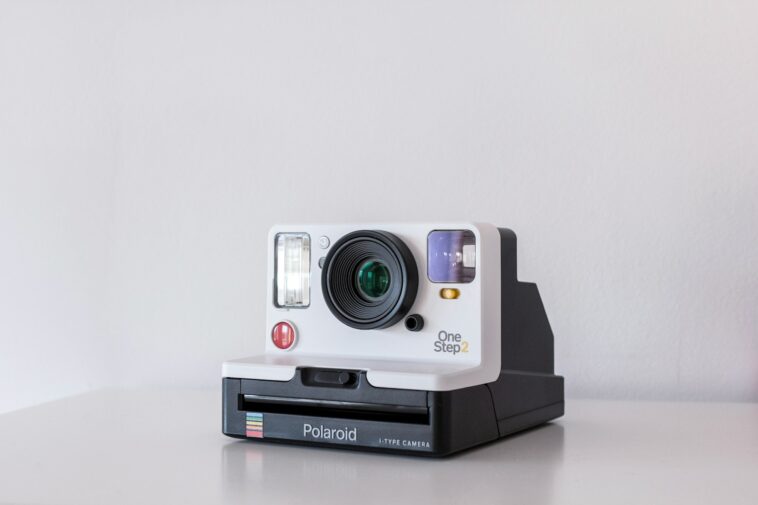Coming up with a great product idea isn’t about luck or waiting for a “lightbulb” moment. It’s about being curious, paying attention, and understanding real problems people deal with every day.
I’ve learned that the best ideas usually come from listening—listening—to what people need, what annoys them, or what they wish worked better.
Whether you’re building a side hustle, starting your first business, or trying to launch the next big thing, the right idea can be the foundation for everything else. But finding that idea? That’s where most people get stuck.
In this post, I’ll walk you through how I (and many others) have found great product ideas—without needing a genius-level insight or a million-dollar budget.
It’s all about asking the right questions, knowing where to look, and testing fast without overthinking things.
Let’s get into it.
What Makes a Product Idea “Great”?
Before we start looking for ideas, let’s talk about what makes an idea worth chasing. A great product idea solves a real problem, saves time or money, or just makes life easier. It doesn’t have to be flashy or new. It just needs to be useful.
Here’s a quick checklist I use:
Does it solve a clear problem?
Are people already trying to solve this problem on their own?
Would someone pay for a solution?
Can I build or test it quickly?
For example, Calendly started because scheduling meetings over email is a pain. Dropbox came from the frustration of forgetting a USB stick. These are everyday issues—but the solutions are solid.
How Do I Discover Great Product Ideas?
1. Start With Your Frustrations
Some of the best ideas come from solving your problems.
Ask yourself:
What’s something that annoys me often?
What’s something I wish existed?
What do I do manually that could be automated?
If you’ve ever thought, “Why isn’t there a better way to do this?”—that’s your starting point.
For example, I once spent way too much time writing follow-up emails. So I looked into tools that could do it for me.
Turns out, there were options—but they were too complex or expensive. That insight became a product idea.
Your daily life is full of clues. Keep a running list on your phone or in a Google Doc. Every small annoyance is a potential idea.
2. Listen to What Others Complain About
People complain a lot—on Twitter, Reddit, TikTok, product reviews, Amazon comments, Slack communities, YouTube videos, you name it. And complaints are gold when you’re looking for product ideas.
Reddit is one of my go-to places. Subreddits like:
r/frugal (surprisingly good for finding DIY hacks people want to simplify)
Use the search bar with keywords like “I hate,” “Is there a tool,” or “Why is it so hard to…”
Amazon reviews are another great spot. Look at 2-star reviews—these usually highlight what people wish a product did better.
For example, if someone says, “This app is great, but it’s too slow and crashes often,” that tells you there’s room to build something faster and more reliable.
3. Explore Niche Communities
Big markets are noisy. Niche markets? Way easier to stand out.
A niche is just a smaller, specific group of people who share a common interest, problem, or job. Think dog walkers in big cities, freelance video editors, or parents of kids with food allergies.
These groups have unique needs—and often get overlooked by bigger companies.
Spend time in their communities:
Join Facebook groups
Follow relevant subreddits
Join Discord servers or Slack groups
Watch YouTube comments
Look for patterns in what they’re talking about, what tools they mention, or what problems keep coming up.
4. Spot What’s Working—Then Improve It
You don’t need to invent something new. Many of today’s biggest startups didn’t invent anything. They just made something people already use…better.
Examples:
Zoom wasn’t the first video calling tool—but it was faster and easier to use.
Notion didn’t invent note-taking—but it made it flexible and beautiful.
Duolingo didn’t invent language learning—but it made it fun and game-like.
Find products that are already popular, but have bad reviews, outdated design, or are priced too high. That’s a gap you can fill.
Sites like:
G2 for software reviews
help you track what people are building—and what users wish was better.
5. Check Google Trends and Search Suggestions
Type a keyword into Google, and it’ll show you what others are searching for. You can also use Google Trends to see what’s rising in popularity.
Search auto-complete can spark ideas. For example:
“How to get better sleep without medication”
“Best tools for remote freelancers”
“Apps for managing kids’ screen time”
Each of those searches could point to a pain point people are trying to solve.
Tools like Answer the Public or Exploding Topics are also helpful to catch early trends.
6. Use Data From Freelance Platforms
Sites like Upwork and Fiverr show what services people are paying for.
If you see tons of people hiring for tasks like podcast editing, video subtitles, or spreadsheet automation—that might be a signal to build a tool or product that solves that problem.
For example, if many businesses are hiring people to manually clean up email lists, maybe you can create a tool that does that faster.
7. Validate Before You Build
Once you’ve got a solid idea, test it.
I usually start by:
Posting a simple version on Reddit or Twitter
Asking people to sign up for a waitlist
Talking directly to 10–20 potential users
Ask them:
Would you use something like this?
What are you doing right now to solve this problem?
What would this be worth to you?
Keep it simple. Don’t build a full app or product yet. Just learn. The faster you test, the faster you’ll know if it’s worth building.
FAQs
Do I need technical skills to start?
Nope. You can use no-code tools like Bubble, Glide, or Tally to build simple MVPs (minimum viable products). Many successful founders start without writing a line of code.
Should I worry about someone stealing my idea?
Honestly, execution matters way more than ideas. Most people are too busy to copy. Focus on building, not protecting.
What if my idea already exists?
That’s actually a good sign—it means there’s demand. Your job is to improve on what’s out there or serve a more specific group of people.
Final Thoughts
Finding a great product idea isn’t magic—it’s a process. And it works best when you’re curious, observant, and not afraid to test things quickly.
You don’t need to reinvent the wheel. You just need to notice when the wheel’s a little wobbly, and offer something smoother.
So—what’s one small problem you’ve faced recently that you wish someone had already solved?





GIPHY App Key not set. Please check settings